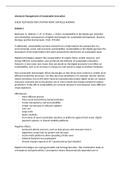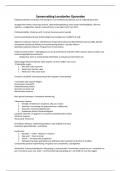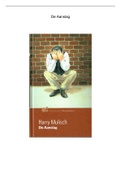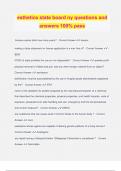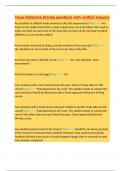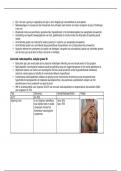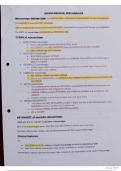Resume
Literature summary Management of Sustainable Innovation
- Cours
- Établissement
Session 1: Adams et al, Sustainability-oriented Innovation; Bohnsack et al, Sustainability in the digital age. Session 2: Porter & Kramer, Creating Shared Value; Crane et al, Contesting the value of "creating shared value", Porter, A response. Session 3: Urbinati et al, Towards a new taxonomy ...
[Montrer plus]
